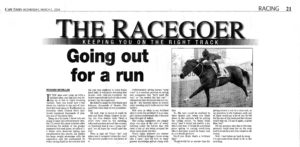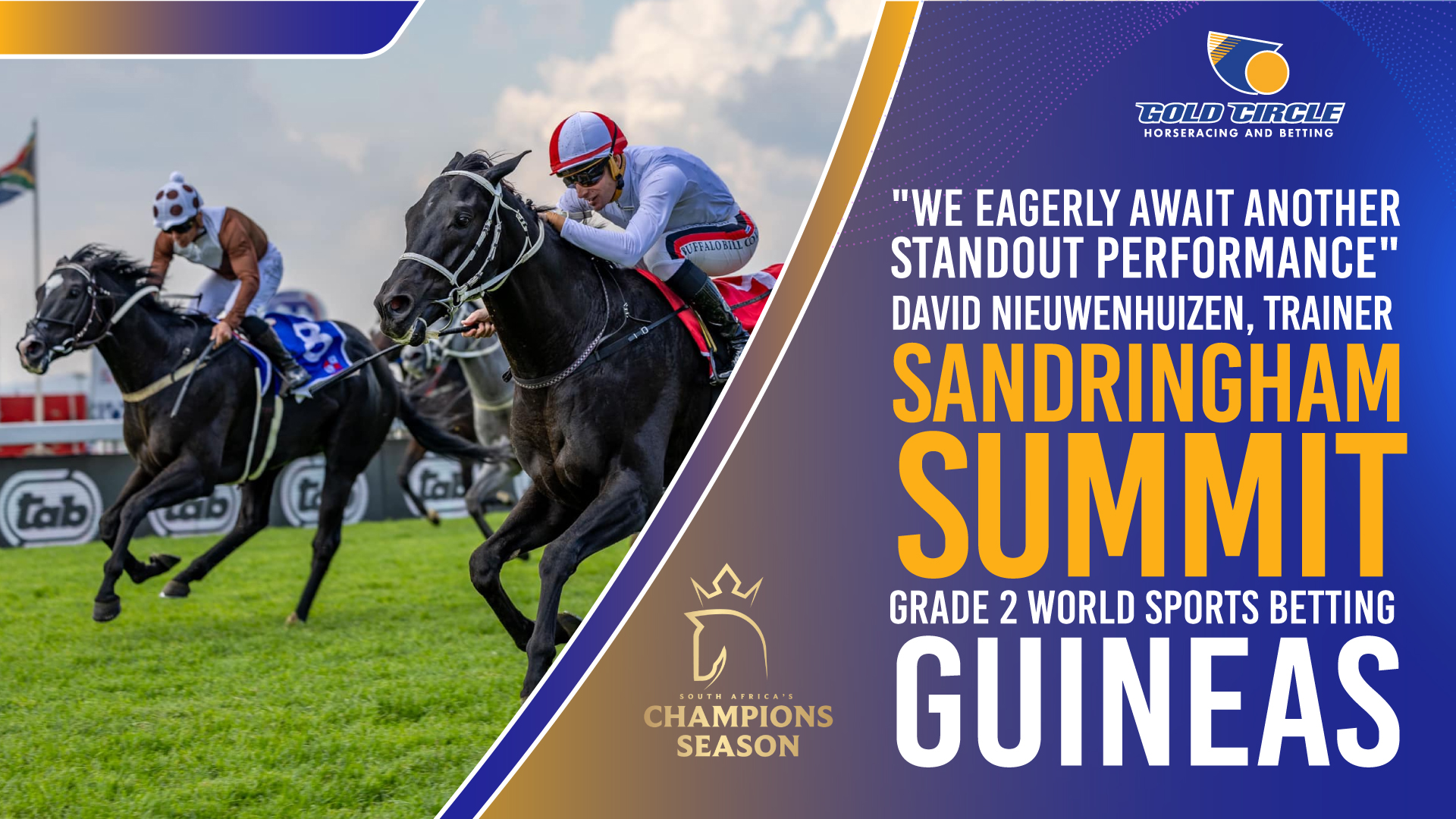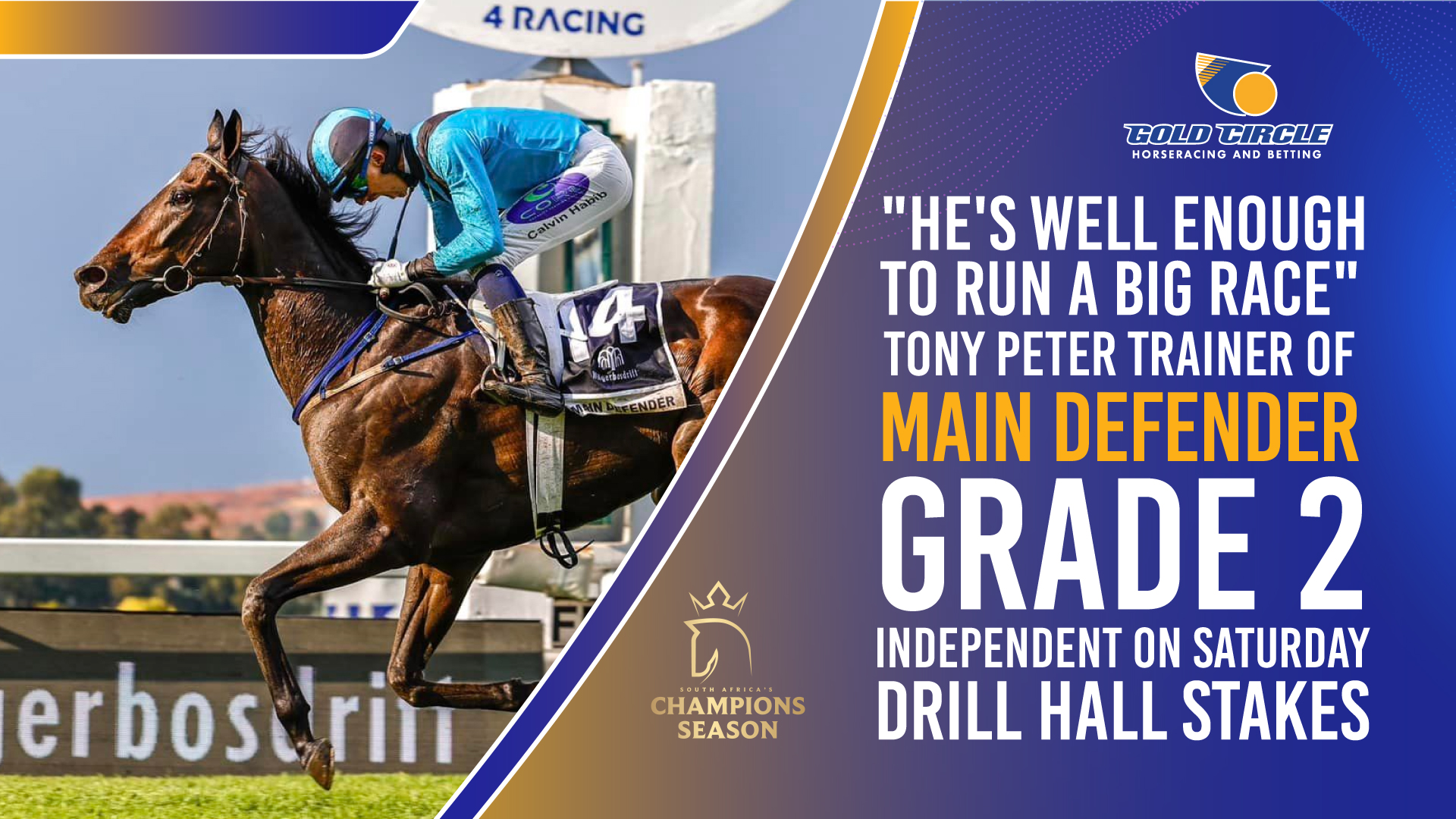The sport of horse racing lends itself to all manner of romantic notions. However, it is at its heart, a science. More specifically, the science of rating horses is almost totally driven by physics and is based on Newton’s second law of motion, namely F=MA (where the force (F) acting on an object is equal to the mass (m) of an object times its acceleration (a)).
If reading that just made you swear under your breath and contemplate turning the page, don’t feel bad, so did I! I far prefer the notions of chance and luck, but I also like the idea of being able to understand how things work. Luckily the two are not necessarily mutually exclusive.
I like horses and I like racing and the key to understanding the soul of the sport is handicapping and an understanding of the WFA scale. Or more correctly, an understanding and application of the correct WFA scale and correct handicapping. So although I’m not mad about having to do some basic arithmetic to understand what happens out on the track, the good news is that once I’ve done that, it does help me see and interpret things in a different way. A way that makes sense. And I have to confess to quite liking that too.
Let’s break it down
While one hates to focus on the gamble, the fact of the matter is that without betting turnover, racing could not survive. At least, not in the form we know it today.
For the purposes of this discussion I’ll simply focus on Tote betting. So, when someone places a bet, the first thing that happens is that a percentage is subtracted as take-out. A tax is deducted from the pool and what remains is divided up among the winning tickets.
As the take-out is what our business is built on, it stands to reason that one wants to encourage as much betting as possible, to create volume (or churn) to increase the take-out. It is important to note that even if every single punter out there bets correctly, the Tote still gets its cut.
While the Tote is impervious to whether the punter wins or loses (the second a bet is placed, it has already secured its take-out portion – the size of the pay out to the successful punter depends on how many other people have also placed their money into the pool). However, whether the punter wins or loses is of vital consequence as it will inform his or her decision whether to bet again.
It is therefore in the interests of racing (and therefore the job of the Operators), to ensure that the punter is given every chance of being able to make a winning bet, so that the punter gets the satisfaction of winning as well as a reward for his efforts.
What You See vs What Really Happened
In the case of Classic races, where horses of the same age, carrying the same weight or in the case of WFA races, where a set weight adjustment is made to try and bring the various ages into alignment, barring random acts of the racing gods, the best horse generally wins and what your eye sees is a true reflection of what happened.
We currently find ourselves in a situation where the majority of our racing diet is made up of handicaps. While there is nothing wrong with that, it does make our sport very difficult to analyse and fully understand.
In a handicap, which sees horses of different ages and at different stages of maturity pitted against one another, and in which the handicap terms may not be consistent, it is harder to understand the true result as the horse that passes the post first may simply be the best handicapped, rather than the best horse in the race. An individual finishing further down the field, but not necessarily troubling the judges, may be the one that gave the best performance.
Furthermore, handicaps may be finessed, rather than consistently assigned, making it harder for customers to extrapolate form from one handicap race to another, let alone enabling aspirant punters to make accurate predictions with any confidence.
It becomes confusing for the observer who has to do a lot of maths and post-race analysis to work out the ‘real’ result of any given race and with 8 races on a card and 364 days’ worth of racing, frankly that’s a lot of work for something that’s supposed to be fun. It’s certainly the reason I prefer to shout home the pretty ones and keep my money safely in my wallet!
Where It Gets Tricky
Racing, or the racing operator, extends an invitation to the public to bet. Through ‘in-house’ official industry mouth-pieces such as the Racegoer, published in the daily broadsheets and the rudimentary free TAB sheets handed out in Totes, we tell the public what we officially rate each horse and what we think their ability to be. We refer to these as Merit Ratings – which, understandably, the public may interpret as ratings of each horse’s merit.
Imagine, therefore, the frustration when a horse with the highest merit rating in a race (as indicated by the very organisation inviting people to risk their money), gets beaten by a horse with a lower rating, which might not even have been considered as being in with a chance according to our ‘tip sheet’.
Infinite tail
Consider this. As either a once a year punter, or perhaps our minimum bet punter, which we are told makes up the majority of our business, we are essentially ‘selling’ the sport to an entry level type player, who will either not have access to sufficient information in order to do their own handicapping calculations or will rely on the entity inviting it to bet, and then offering information with which to make an informed decision, to give it sufficient, reliable information with which to make a judgement call. Now imagine that same person using the ratings – that we supply – and the tips and recommendations that we disseminate through our official racing mouthpieces such as Tellytrack, the Racegoer and the free Tab sheet, supplied at all our Tote outlets, and losing their money. After the first time, our little punter might be prepared to have a second go, but if he loses again, well, once bitten, twice shy and all that.
If that’s not bad enough, the sour taste left in their mouth will be significantly intensified when post-race interviews broadcast connections making public statements to the effect that they had access to information that the public did not (we changed his feed / changed his equipment / have got to the bottom of the injury that was plaguing him, etc) and often boasting that they had got one over on everyone else by having a crafty bet with their ‘inside’ knowledge.
First is as important as fourth
Remembering the fact that our trifecta bets include the first three horses past the post and our quartet bets include the first four horses past the post, in the case of first timers or horses coming back from a long layoff when the public is told things such as the horse will need the run, or is only partially fit and then sees it win or run close up are even more galling.
Is it any wonder outsiders consider the game ‘rigged’, blame jockeys for pulling up horses, or trainers for ‘not trying’ and don’t want to trust us with their money?
The programme is what it is. However, if we are going to offer a steady diet of handicaps, it would make sense for horses to be correctly rated so that an educated decision can be made in evaluating one horse against another. One would then expect this information to be of the very highest quality. Unfortunately, a post-race evaluation compared to the information disseminated by us to our customers, often tells a sorry tale.
Riddle Me This
Consider that Edict Of Nantes was rated 102 when he won the Cape Derby last season and there was plenty of grumbling about the supposed low quality of the field (leading to talk of the Cape Derby being downgraded). Yet, consider what Edict Of Nantes beat as a late 3yo and early 4yo and that MR102 starts to look a little suspect (nevermind the suggestion of downgrading the race!).
In the 2017 Selangor, the first four past the post in Rocket Countdown, White River, Do It Again and Undercover Agent were rated 96, 92, 92 and 91 respectively, making the average official rating of the first four past the Selangor post an MR92.
With all four likely contenders for this year’s Cape Guineas, and unlikely to have another start before this year’s Classic to adjust their ratings, if these horses repeat their Selangor performance and finish in the top four in Guineas, what does that say about the supposed quality of our Guineas field for this year (and by implication, the future Gr1 status of this race?)
These are worrying questions, unless we entertain the possibility that these ratings may, in fact, be way off kilter.
Biting The Hands That Feed Us
I will repeat that the Tote earns its cut whether a punter wins or loses. When we consider that it is that percentage that keeps us all in business, it makes sense to enable our customer as much as we can. Withholding information from our customer may have a (short sighted?) short-term benefit for connections with the ‘inside’ information getting a bigger return on their bets by what could, effectively be considered cheating the rest of the pool out of their money. Long-term, however, it shoots us in the foot as it serves to erode our customer base, eroding our take-out and leaving us all considerably worse off.
In his Racegoer article ‘Going For A Run’ dated 2 March 2016, Richard McMillan suggested that the best way to protect punters risking their money on horses being green, ‘going for a run’, or possibly being prepped for another race further down the line, would be to “simply stage one race at the start of every meeting solely for horses that will need a run or are being prepped for other races down the line.” While Mr McMillan wrote his piece tongue-in-cheek, perhaps the real joke is that Charles Faull has been appealing for this very thing for over 3 decades.
Paul Lafferty and Gold Circle have at least attempted something approximating customer service in trying to level the playing field with their first timer comments and now going a step further by addressing greenness and race fitness with barrier trials. While it is true that the trials would be a lot more meaningful if held at correct WFA and having the replays and results published alongside all other racing results as routine, it is also true that Rome was not built in a day and hopefully the initiative will grow and improve as it progresses.
They ought to receive our full support.













